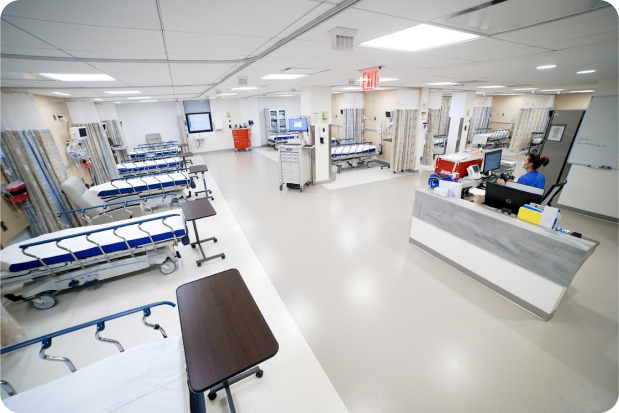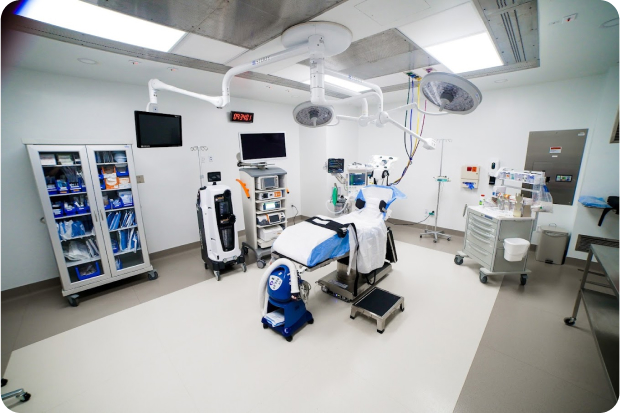 OUR LOCATIONSCall to book (212) 604-1300
OUR LOCATIONSCall to book (212) 604-1300
 OUR LOCATIONSCall to book (212) 604-1300
OUR LOCATIONSCall to book (212) 604-1300
Lower back pain is one of the most common debilitating disorders that many adults complain about. However, it’s not always easy to pinpoint the exact source of this condition. Its symptoms can have a lot of overlap with hip pain, and sometimes the problem originates from an underlying lumbar disc injury.
So how can you tell the difference between pain from the hips and lumbar disc herniation? The most common telltale signs that you have a hip issue are persistent groin pain, hip stiffness, and discomfort that radiates down to your inner thighs and legs. On the other hand, a herniated disc usually causes low back pain and stabbing ache that extends from the buttocks, legs, and feet.
When you look at the lower back anatomy, you’ll notice that the lumbar spine is directly connected by specialized joints to the hip. If there’s damage or injury to one of the structures in the lumbar spine, it’s not unusual to feel discomfort or abnormality in your hip movements and function.
Aside from traumatic accidents, pain in the hips and lower back can also be a result of the natural degeneration of the joints and spinal structures. There are many degenerative changes that can occur in the spine and one of its earliest signs is disc herniation.
Your lower back consists of different bones that are stacked above each other and protected by spinal discs in between. The intervertebral disc is made of outer cartilage (annulus fibrosus) and an inner nucleus (nucleus pulposus) which cushions and absorbs shock to prevent any pressure or damage to the spinal cord.
But as you age, the disc material degenerates which can cause it to herniate or bulge out into the spinal canal. Often, a herniated or bulging disc can lead to irritation or compression of the nerves in the spinal column. When this happens, it can produce herniated disc pain that feels like:

Aside from a herniated or slipped disc, there are other related spinal disorders that can cause pain that could be felt in the lower back and hips. These conditions may be a result of injuries, accidents, or the natural aging of the spine.
This condition refers to the narrowing of the spinal canal which can affect the nerves that travel between the spinal cord. There are many potential causes for this disorder such as a bone spur, herniated disc, and spinal fracture. Some people are also born with a smaller spinal canal (congenital spinal stenosis) which already puts them at risk for this condition.
When a disc herniates, it can apply excess pressure on the surrounding spinal structures which can result in a pinched nerve. When this happens to a nerve in the lumbar spine, it can cause moderate to severe low back pain, muscle spasms, and numbness in the lower body.
This is a condition that affects the sciatic nerve that starts from the lower back and runs through the hips, buttocks, and legs. It commonly happens when a herniated disc presses on the sciatic nerve root and leads to muscle weakness, and low back and leg pain. Sometimes, sciatic nerve pain can also be felt on the thighs and down to the calves.
This spinal disorder occurs when one or more of the discs start to break down and cause pain throughout the lower body. It’s usually an age-related condition and is mostly diagnosed among older adults.
This condition happens when the piriformis muscle, which is located at the top of the hip joint, irritates the nearby sciatic nerve. It can cause pain that’s felt on one side of the body and can affect your movements and activities. It can also lead to referred pain on the buttocks, thighs, and legs.
Although the hips are close to the lower back structures, it’s not necessarily a part of the spine and it’s made of its own independent components. Some of the important parts that form the hip joint are the femur and pelvic bones, muscles, articular cartilage, ligaments, and synovial fluid.
The most common telltale sign of hip pain is discomfort in the groin and it can also move down to the front of the thighs and leg. It can also cause referred knee pain which can worsen when you move. Additionally, having hip pain can significantly restrict your hip movement and you may often feel stiff or have difficulty walking normally.
A lumbar herniated disc may also cause pain in the hip joint, but it’s not always the primary reason. There are other conditions that may lead to pain that’s localized on the hips and these can include:
This condition is a form of arthritis that happens when the cartilages in the joints naturally deteriorate. It commonly affects the hips and knees, causing symptoms like hip pain, joint stiffness, persistent swelling, and reduced range of motion.
This is a hip abnormality that occurs when one of the sockets of the pelvis doesn’t fit and attach properly to the thigh bone. This can cause joint instability and lead to frequent hip and groin pain and limping.
The sacroiliac joint, or SI joint, is responsible for connecting the pelvis to your lower spine. But note that if this particular joint happens to be misaligned or inflamed due to any injury or trauma, it can cause hip, leg, and low back pain.
Since there are many possible causes of chronic pain in your lower body and spine, the only way to determine its exact source is to consult with a doctor. They will likely perform a series of physical and medical exams to get an accurate diagnosis of your condition. Some of the tests that they may perform are:
It’s hard to live with hip or herniated disc pain. Fortunately, there are conservative treatments that can help provide pain relief and prevent your symptoms from getting worse. Some of the treatments that a doctor may recommend for your condition are:
Not all low back pain symptoms come from the same source and you need to visit a specialist to confirm if your condition is related to the hips or herniated discs. Once you have a confirmed diagnosis, it’s easier to create a non-surgical treatment plan that will help you get better from your pain.
At our pain center, we have a team of specialists who can provide safe and effective treatments for your hip and spine-related pain. We can offer a comprehensive recovery plan that will help you get back on your feet quickly and enhance your quality of life. Contact us to book your first consultation and learn more about your non-invasive procedures.






